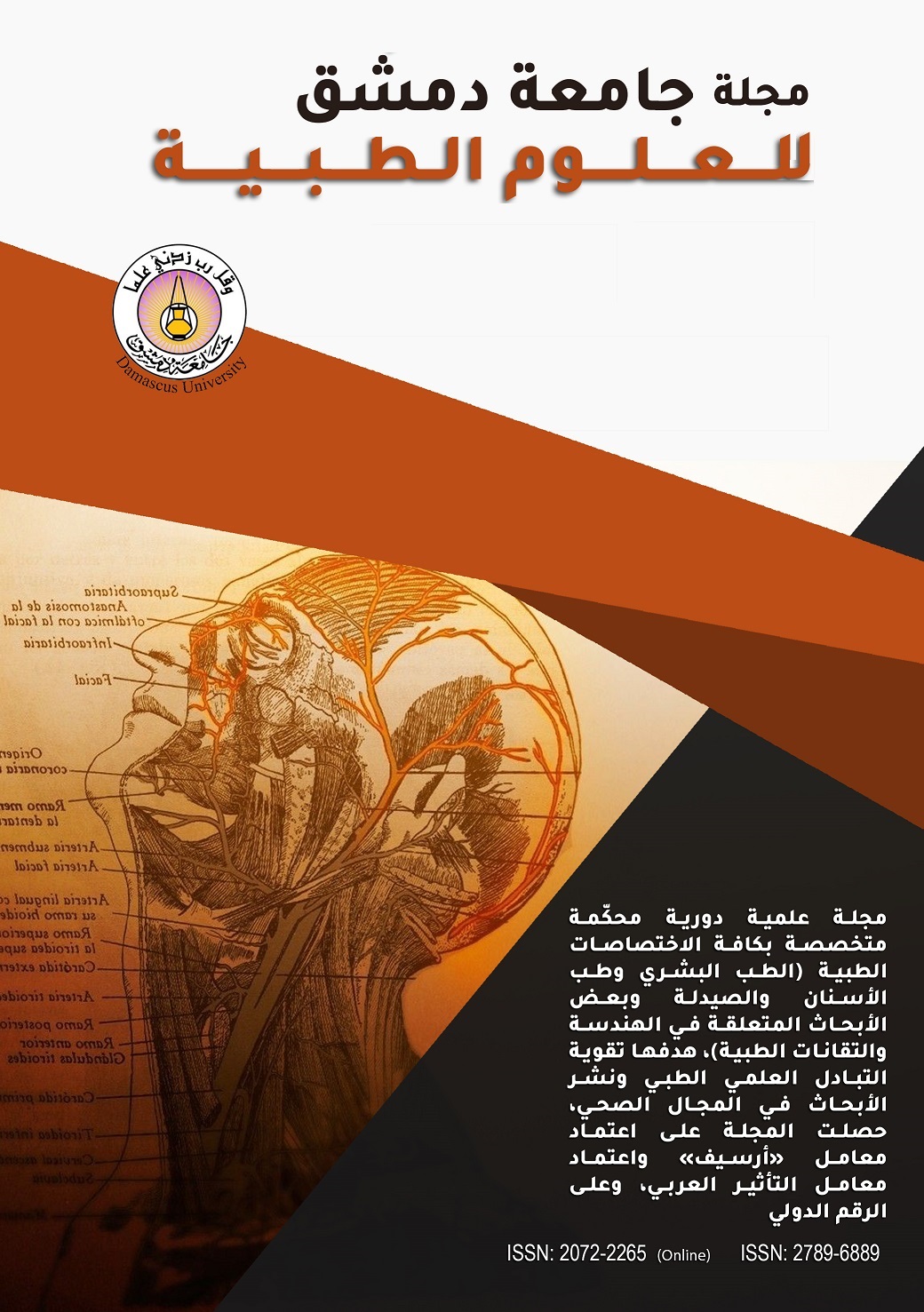Evaluation of different Insulin Regimens for Children with Type 1 Diabetes Mellitus
Keywords:
Diabetes mellitus, Insulin, Children, HBA1cAbstract
Background & Objective: Type 1 diabetes mellitus is the most common chronic disease in children in the developed countries. The goals of treatment includes reducing complication risk. For each individual the target should be the lowest achievable HBA1c without inducing severe hypoglycemia. The gold standard treatment is to intensified insulin therapy to mimic as closely as possible the physiological insulin profile seen in non-diabetic individuals. This kind of regimen is believed to allow the flexibility required by the lifestyle needs of children with diabetes.
Materials and Methods: This descriptive prospective study involved 48 cases with Diabetes mellitus type 1 admitted to Damascus University Children Hospital over 1 year period ( 2013-2014). These patients have been randomly divided into two groups; the first( 23) was treated with three daily doses of pre-mixed insulin while the second( 25) with two daily doses.
Results: Children treated with three daily doses of insulin needed higher doses (1,08± 0,2 unites/kg/day). HBA1c was lower(9±2,8%) in first group and (10,05±1,99%) in second group without significant importance.
Conclusion: The intensive insulin therapy did not contribute in reducing episodes of diabetic ketoacidosis and it needs a higher doses that may induce hypoglycemia.

